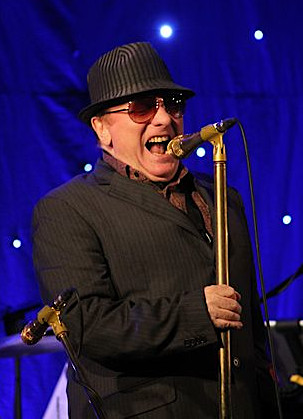
Sir George Ivan MorrisonOBE is a singer-songwriter and musician from Northern Ireland whose recording career spans seven decades.

Moondance is the third studio album by Northern Irish singer-songwriter Van Morrison. It was released on 27 January 1970 by Warner Bros. Records. After the commercial failure of his first Warner Bros. album Astral Weeks (1968), Morrison moved to upstate New York with his wife and began writing songs for Moondance. There, he met the musicians that would record the album with him at New York City's A & R Studios in August and September 1969.

Astral Weeks is the second studio album by Northern Irish singer-songwriter Van Morrison. It was recorded at Century Sound Studios in New York during September and October 1968, and released in November of the same year by Warner Bros. Records.
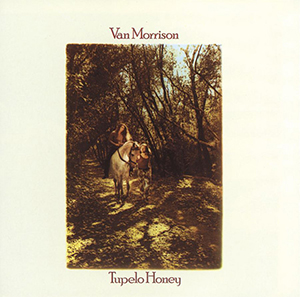
Tupelo Honey is the fifth studio album by Northern Irish singer-songwriter Van Morrison. It was released in October 1971 by Warner Bros. Records. Morrison had written all of the songs on the album in Woodstock, New York, before his move to Marin County, California, except for "You're My Woman", which he wrote during the recording sessions. Recording began at the beginning of the second quarter of 1971 at Wally Heider Studios in San Francisco. Morrison moved to the Columbia Studios in May 1971 to complete the album.
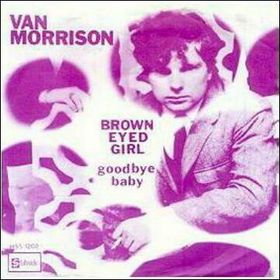
"Brown Eyed Girl" is a song by Northern Irish singer and songwriter Van Morrison. Written by Morrison and recorded in March 1967 for Bang Records owner and producer Bert Berns, it was released as a single in June of the same year on the Bang label, peaking at No. 10 on the Billboard Hot 100. The song spent a total of sixteen weeks on the chart. It featured the Sweet Inspirations singing back-up vocals and is considered to be Van Morrison's signature song.

Veedon Fleece is the eighth studio album by Northern Irish singer-songwriter Van Morrison, released in October 1974. Morrison recorded the album shortly after his divorce from wife Janet (Planet) Rigsbee. With his broken marriage in the past, Morrison visited Ireland on holiday for new inspiration, arriving on 20 October 1973. While there he wrote, in less than three weeks, the songs included on the album.

His Band and the Street Choir is the fourth studio album by Northern Irish singer-songwriter Van Morrison. It was released in November 1970 by Warner Bros. Records. Originally titled Virgo's Fool, Street Choir was renamed by Warner Bros. without Morrison's consent. Recording began in early 1970 with a demo session in a small church in Woodstock, New York. Morrison booked the A&R Studios on 46th Street in New York City in the second quarter of 1970 to produce two sessions of songs that were released on His Band and the Street Choir.

Hard Nose the Highway is the seventh studio album by Northern Irish singer-songwriter Van Morrison, released in 1973. It is his first solo album since his 1967 debut Blowin' Your Mind! to contain songs not written by Morrison. A cover version of the song "Bein' Green", usually associated with Kermit the Frog, is included, as is a take of the traditional song "Purple Heather". The album also contains the single "Warm Love," a fan favourite.
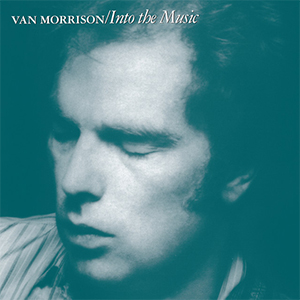
Into the Music is the 11th studio album by Northern Irish singer-songwriter Van Morrison, and was released in August 1979. It includes "Bright Side of the Road", which peaked at number 63 on the UK Singles Chart, and other songs in which Morrison sought to return to his more profound and transcendent style after the pop-oriented Wavelength. The record received favourable reviews from several music critics and was named as one of the year's best albums in the Pazz & Jop critics' poll.
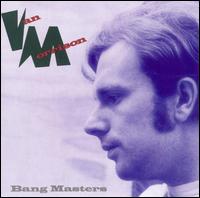
Bang Masters is a compilation album by Van Morrison released by Columbia's Legacy Records imprint in 1991. The tracks were remixed from the original multi-tracks and were given a wider stereo spread with less compression. The alternate version of "Brown Eyed Girl" included on this album was according to Bill Flannagan take six out of the twenty-two takes before the final form released in 1967 on Blowin' Your Mind!.

"Moondance" is a song recorded by Northern Irish singer and songwriter Van Morrison and is the title song on his third studio album Moondance (1970). It was written by Morrison, and produced by Morrison and Lewis Merenstein.

"Domino" is a hit song written by Northern Irish singer-songwriter Van Morrison. It is the opening track of his fourth studio album, His Band and the Street Choir. This song is Morrison's personal musical tribute to New Orleans R&B singer and pianist Fats Domino.
"T.B. Sheets" is a blues-influenced song written and recorded by Northern Irish singer-songwriter Van Morrison. Bang Records issued the song on his first solo album, Blowin' Your Mind! (1967). It later appeared on the Bang compilation T.B. Sheets.
"Brand New Day" is a song written by Northern Irish singer-songwriter Van Morrison and featured on his 1970 album Moondance.

T.B. Sheets is a retrospective album of recordings made in 1967 by Northern Irish musician Van Morrison, released in 1973 on Bang Records. It contains songs that had appeared on Morrison's debut album, Blowin' Your Mind!, including his first hit, "Brown Eyed Girl". It also features early versions of two songs that appeared in 1968 on Morrison's acclaimed album Astral Weeks — "Beside You" and Astral Weeks' centerpiece, "Madame George".

New York Sessions '67 is a two-disc retrospective album of recordings made by Van Morrison in 1967 for Bang Records that were later released in the 1990s. Other album releases with the same recordings have been called Payin' Dues and The Complete Bang Sessions. The first disc presents material already available on Blowin' Your Mind! and on the previous Bang compilation albums T.B. Sheets and Bang Masters. The second disc contains the notorious "Contractual Obligation" session – thirty-one improvised nonsense songs Morrison recorded in order to fulfill his contract with Bang Records. According to Erik Hage, the song "Thirty Two" "takes a swipe at Berns's...production style and 'Brown Eyed Girl': Morrison sings 'we'll get three guitars .. and we'll do the sha, sha-la-la bit.'" Tracks from this album would be officially released on the compilation album The Authorized Bang Collection.
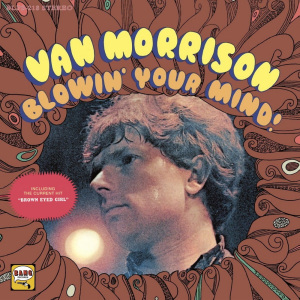
Blowin' Your Mind! is the debut studio album by Northern Irish musician Van Morrison, released in 1967. It was recorded 28–29 March 1967 and contained his first solo pop hit "Brown Eyed Girl". It was included by Rolling Stone as one of the 40 Essential Albums of 1967.

"Spanish Rose" is a song written by Van Morrison that was written and recorded for Bang Records owner and producer Bert Berns and released on his 1967 album Blowin' Your Mind! and several subsequent compilation albums. It was also released as one of the follow-up singles to "Brown Eyed Girl" and reached #18 in the Netherlands.
The Authorized Bang Collection is a compilation album by Van Morrison containing every track that Morrison recorded for Bang Records in the 1960s. It was released on April 28, 2017, by Legacy Recordings on the Bang label.
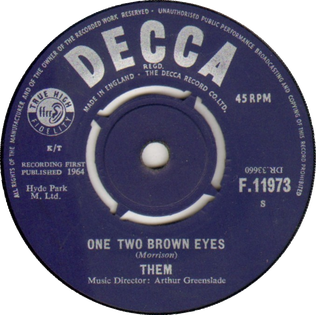
"One Two Brown Eyes" is a song written by Van Morrison, originally recorded by his group Them in 1964. After leaving an Irish showband, Morrison returned to his hometown of Belfast, where he joined up with guitarist Billy Harrison, bassist Alan Henderson and keyboardist Eric Wrixon and formed the band that would eventually become Them. "One Two Brown Eyes" most likely originated during jam sessions at the Maritime Hotel where Them had a residency. After featuring it on a demo, Them were signed to Decca Records by Dick Rowe who also produced the studio recording of it on 5 May 1964.

















